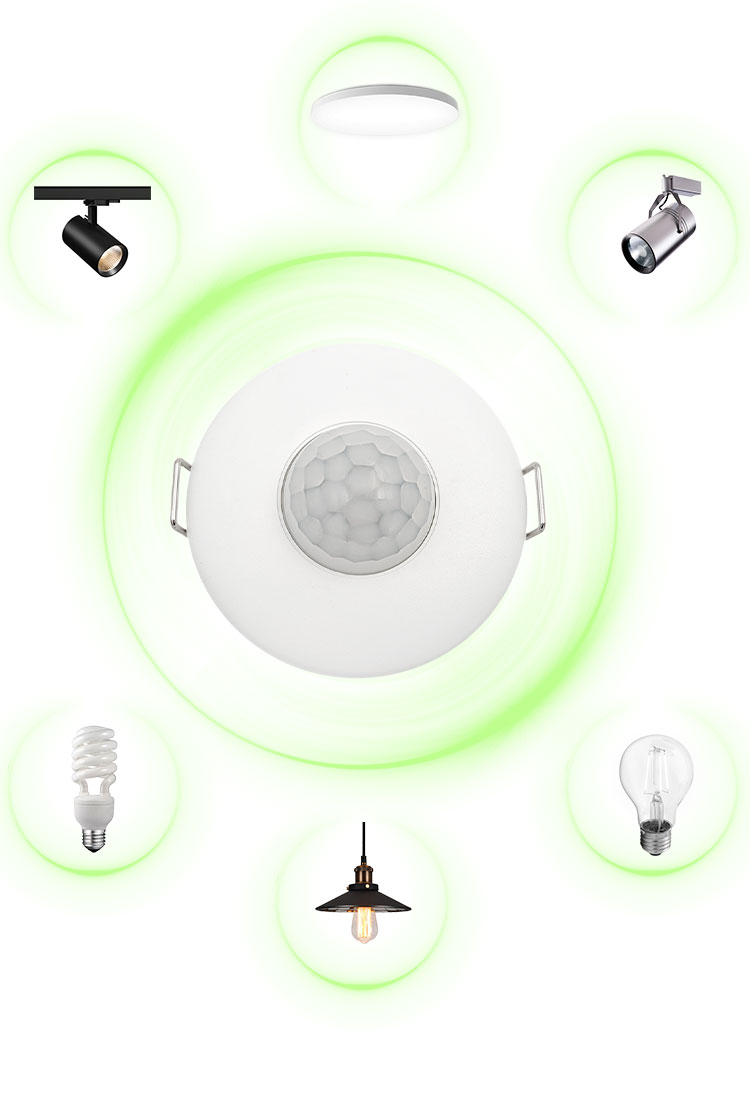

24GHz Microwave Sensor: Principle, Application and Selection Guide
Microwave sensors are playing an increasingly vital role in modern technology, particularly those operating at the 24GHz frequency band. These devices have garnered significant attention due to their unique performance characteristics and broad application scope. This article will provide a comprehensive analysis of the working principles, primary applications, and selection criteria for 24GHz microw- ave sensors.
(1) Working Principle of Microwave Sensor
24GHz microwave sensors are mainly based on the following two technologies:
(1) Continuous Wave Doppler Radar (CW Doppler Radar)
(A) Suitable for motion detection (e.g., human body sensing, speed measurement).
(b) Principle: The fixed frequency (24GHz) microwave is emitted. When the moving object is encountered, the reflected wave frequency will have Doppler shift (Doppler Shift). (c) The sensor calculates the velocity of the object through the frequency shift.
(d) Typical applications: intelligent lighting (human body induction), automatic door, security alarm.
(2) Frequency Modulated Continuous Wave Radar (FMCW Radar)
(a) Suitable for distance measurement (e.g., liquid level detection, UAV obstacle avoidance).
(b) Principle: The microwave with linear variation of transmission frequency over time (e.g., 24GHz ~ 24.5GHz) calculates the distance by calculating the frequency difference between the echo and the transmitted wave.
(c) Typical applications: industrial ranging, intelligent parking, autonomous driving assistance
(3) Key Components
Transmitter: Responsible for transmitting microwave signals.
Receiver: receives microwave signals reflected from a target object.
Signal processor: Analyze the difference between the transmitted signal and the received signal, so as to extract the motion information of the object.
(4) Working Mechanisms
When a microwave sensor emits a signal that encounters an object, part of the signal is reflected back. The sensor's receiver captures these reflected signals and uses a signal processor to analyze the time difference, frequency difference, or phase difference between the transmitted and received signals. This analysis calculates information such as the object's distance, speed, and direction.
(2) Application Fields
24GHz microwave sensors are widely used in many fields because of their high accuracy and reliability:
(1) Automatic Door Control
In the automatic door system, 24GHz microwave sensor can detect whether there is a person or object in front of the door, so as to control the opening and closing of the door.
(2) Vehicle Inspection
In traffic monitoring and vehicle management systems, microwave sensors can be used to detect the presence, speed and flow of vehicles, providing data support for traffic control.
(3) Security and Protection Monitoring
Microwave sensors can be used in intrusion detection systems that trigger alarms by detecting small movements of the human body.
(4) Industrial Automation
In the field of industrial automation, 24GHz microwave sensors can be used for material detection, speed measurement and position control.
(3) Selection Guide
The following key factors need to be considered when selecting an appropriate 24 GHz microwave sensor:
(1) Scope of Testing
Select the detection range of the sensor according to the application requirements to ensure that the sensor can cover t he area to be detected.
(2) Accuracy and Resolution
Accuracy and resolution determine the accuracy of sensor detection results. Select appropriate accuracy and resolution according to specific applications.
(3) Output Type
Common output types include analog output, digital output, and serial commun- ication interfaces. Select the appropriate output type based on system compatibil- ity and data processing requirements.
(4) Environmental Suitability
Consider the environmental conditions that the sensor will work in, such as temperature, humidity, dust, etc., and select the sensor with the corresponding protection class.
(5) Power Supply and Power Consumption
Select the appropriate sensor power type and power level according to the application's power supply conditions and power requirements.
(IV) Conclusion
24GHz microwave sensors play a vital role in modern technology with their unique performance and broad application fields. By understanding their working principles, application areas, and selection guidelines, you can better choose and utilize this advanced sensor technology to add more value to your projects or products.








